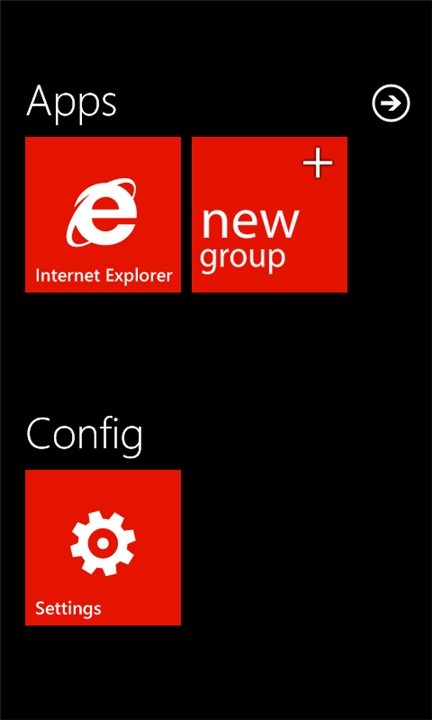[sc:mobile-category ]In the early days of Windows Phone 7, a “hacker” group found a way to unlock WP7 and Microsoft was fast to swoop in and get them to not distribute the software. But there was a twist, MS agreed to help the hacker team to build a supported unlock tool and now, finally its available to the general public.
I haven’t had a big desire to unlock my phone, but I have to admit I like the idea so when it became available I signed up and paid the $9 to see what it was like.
Getting started was easy, logging in to ChevronWP7 labs website is linked to a live ID, so I just used my standard account. Then a few quick steps to use PayPal and I had when they call a token.
This token can be used to unlock a single phone as many times as required (in case you have to restore your phone or presumably after the next update from MS).
However by the time I had my token (a few hours after they opened up the process) they had already had issues and were down for maintenance.
I checked back the next day and it was once more available, the next step was to download the unlocker, a small piece of software you run from Windows with your phone connected through USB. The software is easy to use and straight forward. It takes you through a few steps (unlock the screen on the phone, enter the token, etc) and then places you in the queue to get unlocked.
On my first attempt (which I started around noon) I was 430th in line, which looked like I’d be waiting several hours before the unlock would happen. Unfortunately I had to abort as I had other things to do that afternoon and I can not remember the last time I left the house without my phone  .
.
I came back and restarted the process around 9pm, unfortunately the unlocker does not remember your previous settings so I had to step through all of the screens again. Then I was 270th in line, I left the phone connected overnight and let it go.
The next morning I had found the phone was still not unlocked due to the backend being down and ChevronWP7 Labs. It took almost a complete day to get back up but once it was I restarted the process, including having to re-download a new version of the unlocker.
This time there were only 20 some people in front of me and the queue moved along pretty fast. When my turn came up, it failed due to the fact I had never renamed by phone. Apparently the unlocker needs a unique name to unlock against. I had to close the unlocker, start Zune, rename the phone, close Zune and restart the unlocker.
After stepping through the unlocker again I finally had my phone unlocked!
One other issue that came up (and I can not remember at which attempt) was the unlocker required me to install Windows Phone support tools from the MS site. Not a big deal, but it could have been listed as a pre-req on the website.
Of course the question now became “What do I do with an unlocked phone?”.
The XDA forums have several homebrew apps available, including the BatteryStatus apps. This cool little tool gives you a live tile that gives you your battery status in a percentage.
After downloading the XAP file you have to use the MS Windows Phone 7.1 SDK tools to install the app, which means you have to download and install another 750 meg of software. But hey, no one said it would be simple  .
.
ChevronWP7 Labs has also disabled new token purchases while they get through the backlog of unlocks yet to be redeemed, so it may be a while before you can unlock your phone, but I think it is well work the $9 if for no other reason then to send MS a message that they should unlock WP7 by default.
![]() ).
).![]() .
.